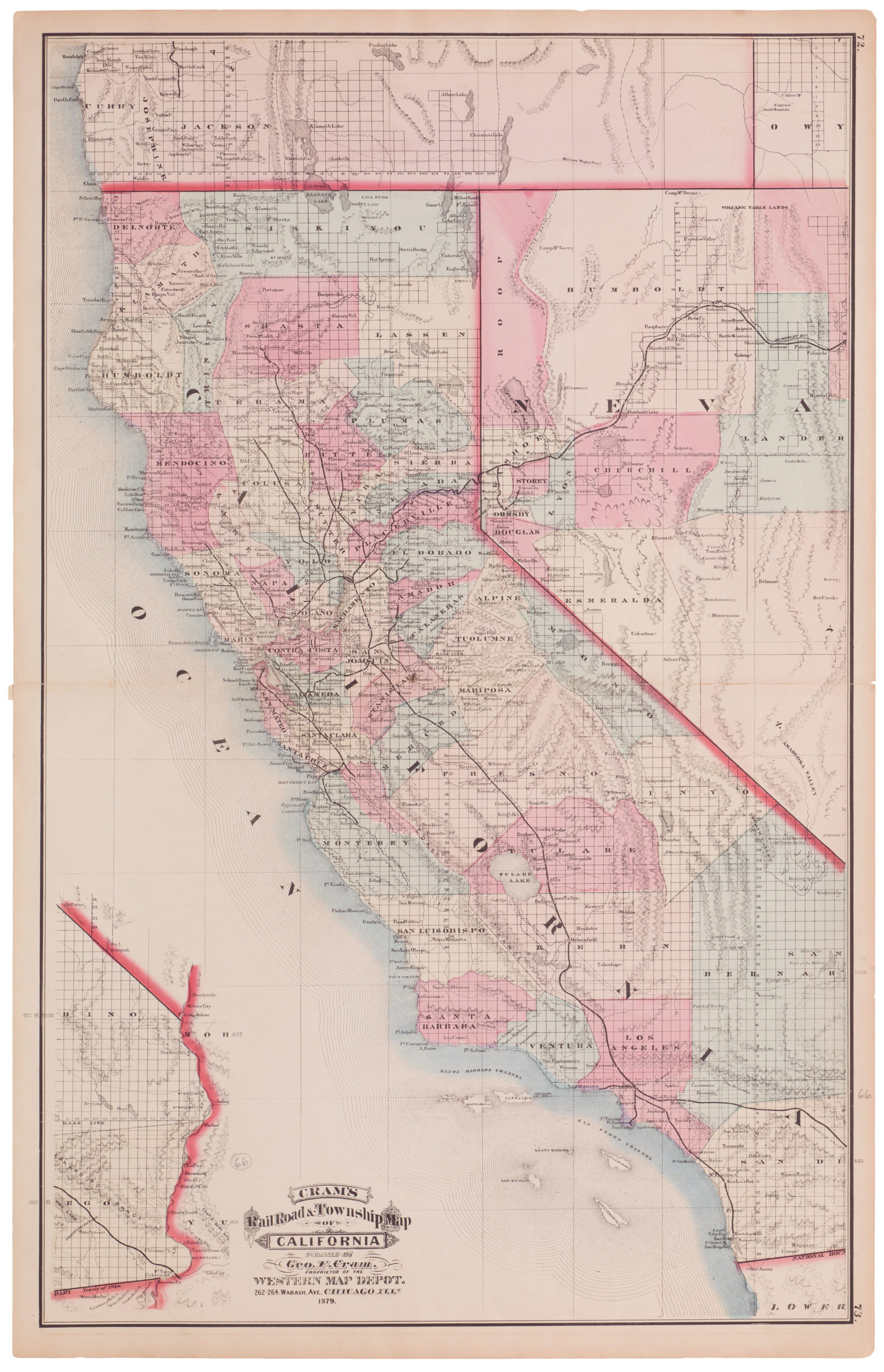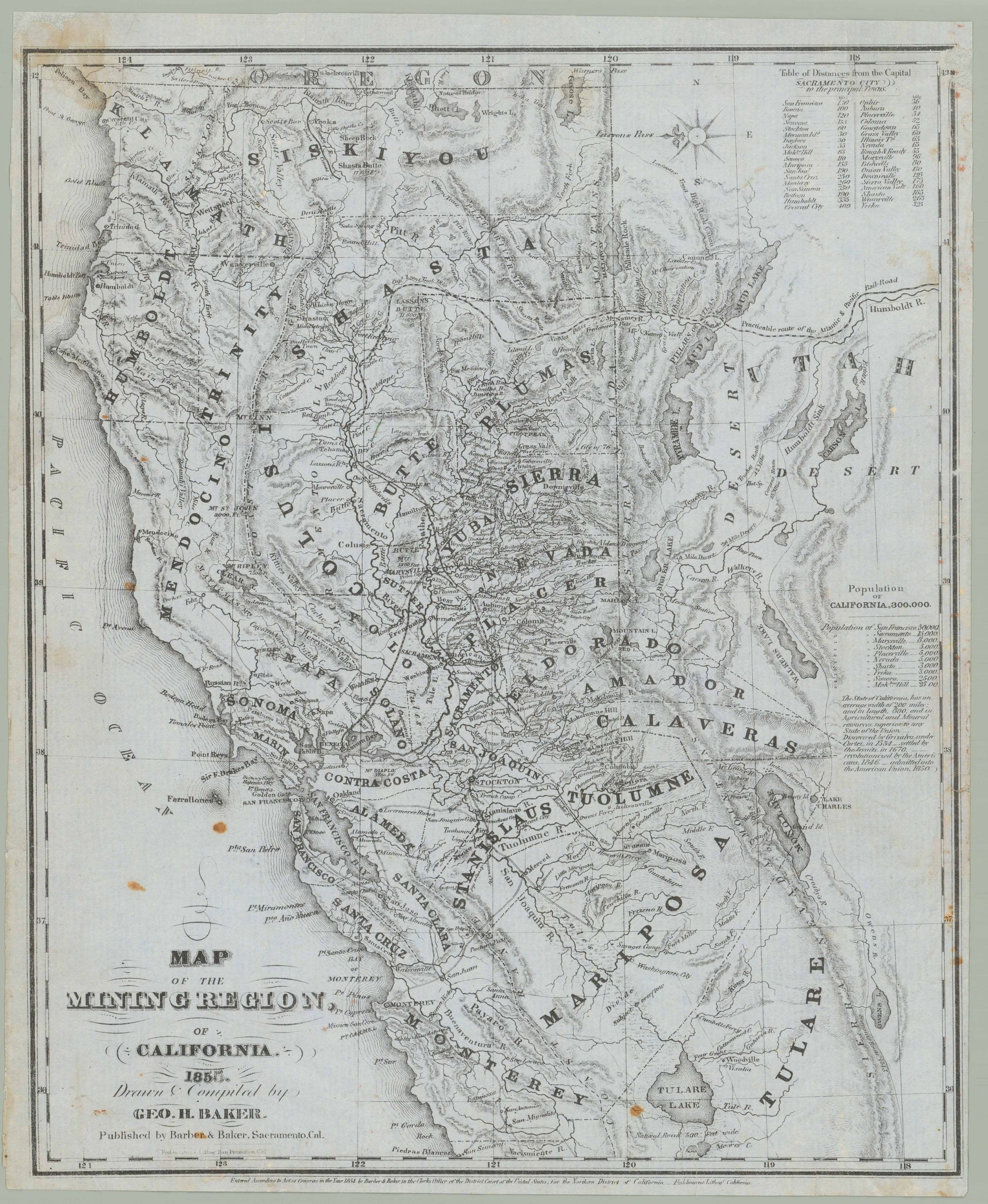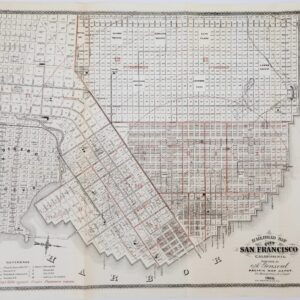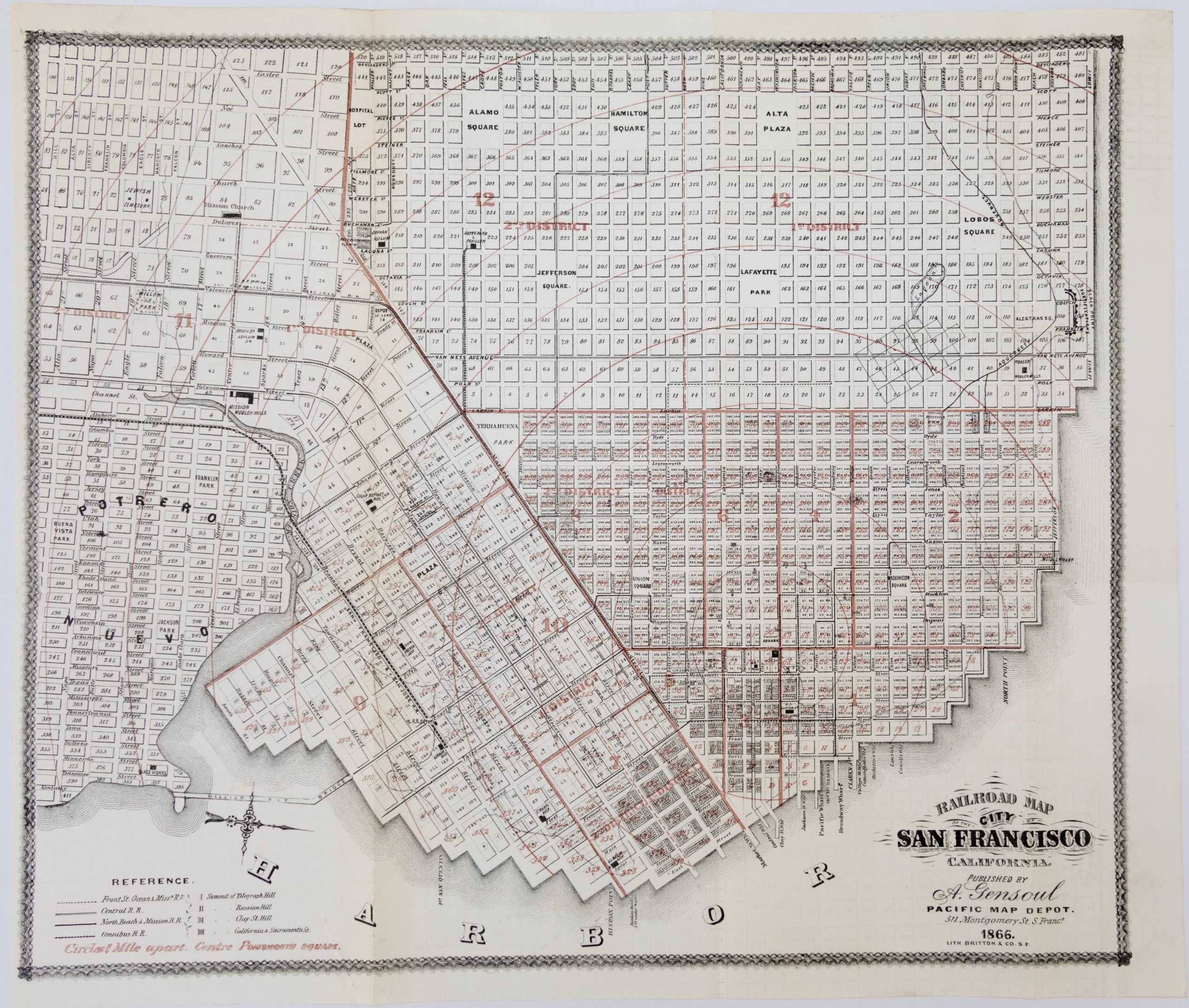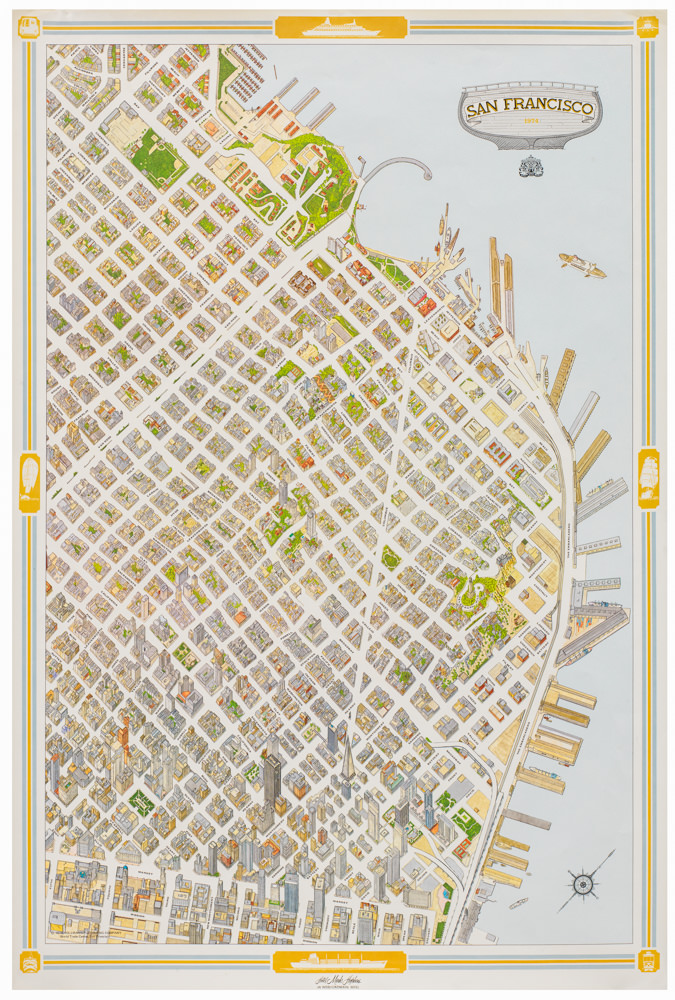Early 1887 Promotional Broadside for the Hotel Del Coronado.
Map of Coronado Beach San Diego, California.
$1,200
1 in stock
Description
This promotional broadsheet features a set of maps of Coronado Island, produced by the Coronado Beach Company before construction began on the Hotel Del Coronado.
One side showcases a detailed broadsheet map of Coronado, while the verso presents a regional map of Southern California centered on Coronado Beach. Surrounding the map is promotional content and a list of individuals who invested in Coronado Beach property since November 13, 1886.
The broadsheet was commissioned after the inaugural land sale on November 13, 1886, but before the hotel’s groundbreaking ceremonies commenced on March 19, 1887. In this era of rapid progress, detailed cartographic representations were not only planning tools but also potent instruments of persuasion. The map was designed to captivate potential investors and future residents by highlighting the locale’s natural beauty and modern conveniences.
The map shows a carefully structured urban layout surrounding a large central park or plaza, surrounded by more organically shaped blocks on each fringe. A small insert in Glorieta Bay offers precise measurements for the regular blocks (300 x 500 feet) and their individual lots (25 x 140 feet). These specifications are meant to stress the standardized suburban the developers aimed to achieve. The boundaries of the proposed development area are set by four natural waterways: the Bay of San Diego, the Spanish Bight, Glorieta Bay, and the vast Pacific Ocean. This presence of water on all sides highlighted the scenic allure and underlined the intention to build a resort. Appropriate infrastructure in the form of bridges and wharves is also clearly shown.
Because the map was created for promotional purposes, providing a complete and accurate representation of what was on offer was crucial. The map shows a range of urban features the developers wished to highlight. One such feature is located at the bottom of the map. This is the designated site for what would become the famous Hotel Del Coronado. The hotel and its flanking pavilion and bathhouse have been drawn onto the plan to show their exact relation to the township.
Another significant feature is the depiction of the Coronado Beach Railroad, which follows Orange Avenue through the central park, all the way down to the hotel site. In the upper right corner, an inset regional map – extending from Santa Barbara in the north to San Domingo in Mexico in the south – situates Coronado Beach within the broader landscape of Southern California. It visualizes connectivity by showing proximity to major transportation arteries like the Santa Fé rail line.
The verso of the map contains several relevant advertisements along the top, but otherwise, this site is dedicated to the extensive printed text describing everything from climate, topography, and water supply to the many options for leisure activities. At the bottom is a list of Atchinson, Topeka, and Santa Fe Railroad Company agents. When folded, a small engraved view of the Pacific Ocean would have served as the map’s frontispiece.
Census
This map was created in two editions by Rand McNally & Co., both published by the local Coronado Beach Company. This smaller map edition is catalogued under OCLC nos. 24869148, 1369032029, and 33378329.
Context is Everything
The Birth of a Seaside Resort
The 1880s were a period of rapid expansion and transformation in Southern California. Promises of a sun-drenched, resort-oriented lifestyle attracted investors and visionary developers throughout the decade. The idea for Coronado Beach emerged from this milieu as a bold experiment in planned development. It was a project designed to create the world’s preeminent seaside resort.
Elisha S. Babcock Jr. first conceived the idea in 1884, when he envisioned constructing an opulent hotel as the centerpiece of a new community. In April 1886, Babcock formed the Coronado Beach Company with his associate Hampton L. Story and investors Jacob Gruendike, Heber Ingle, and Josephus Collett. Their strategy was bold: purchase the peninsula, subdivide it into standardized plots, and leverage the anticipated profits from these sales to finance the construction of what would soon become the Hotel Del Coronado.
The map’s detailed portrayal of the subdivision and its associated infrastructures reflects a moment when visionary planning met bold investment. Despite the eventual financial challenges faced by some early pioneers, including Elisha S. Babcock, Jr., whose fortunes faltered by 1888, the careful planning documented in this map laid the groundwork for a community that endures today. Many of the original street layouts and design elements, as conceived in this early plan, remain largely intact in modern Coronado, serving as a living testament to the map’s lasting influence.
Cartographer(s):
In 1856, William H. Rand opened a printing shop in Chicago and two years later hired a newly arrived Irish immigrant, Andrew McNally, to work in his shop. In 1868, the two men, along with Rand’s nephew George Amos Poole, established Rand McNally & Co. and bought the Tribune’s printing business. The company initially focused on printing tickets and timetables for Chicago’s booming railroad industry, and the following year supplemented that business by publishing complete railroad guides.
The first Rand McNally map, created using a new cost-saving wax engraving method, appeared in the December 1872 edition of its Railroad Guide. Rand McNally became an incorporated business in 1873; with Rand as its president, McNally as vice president, and George Poole as treasurer.
Rand McNally published its first road map, the New Automobile Road Map of New York City & Vicinity, in 1904.
Condition Description
Very good.
References

